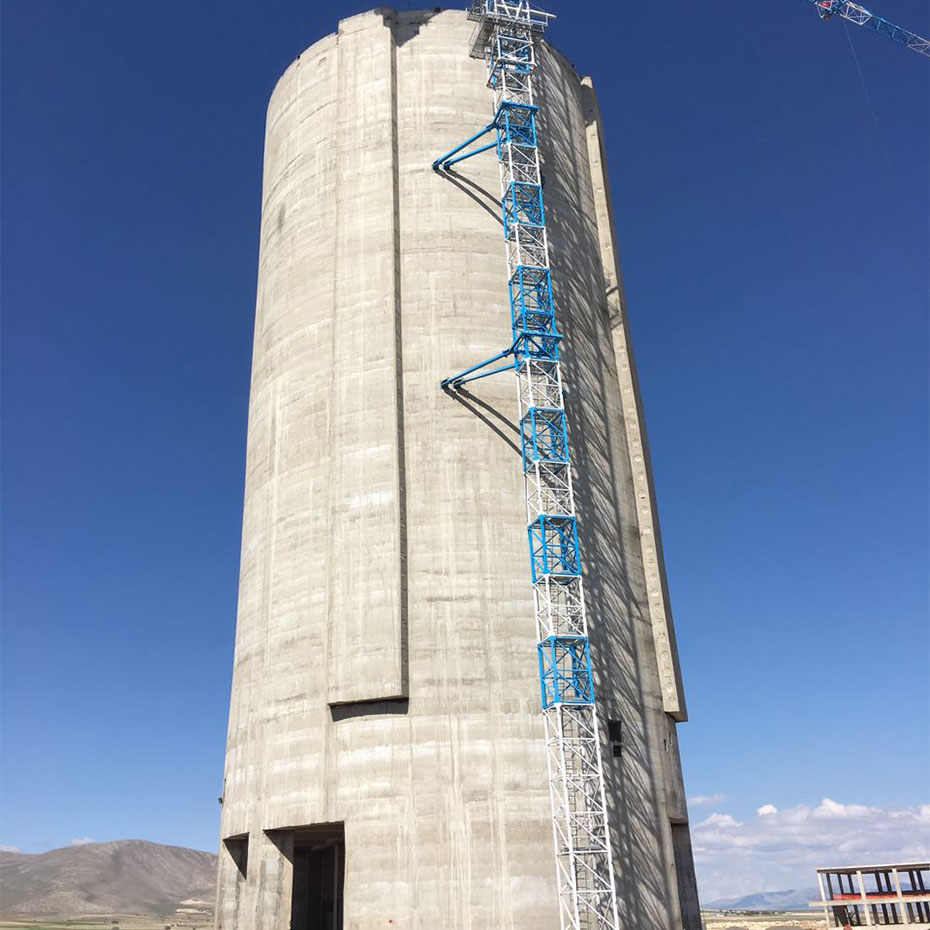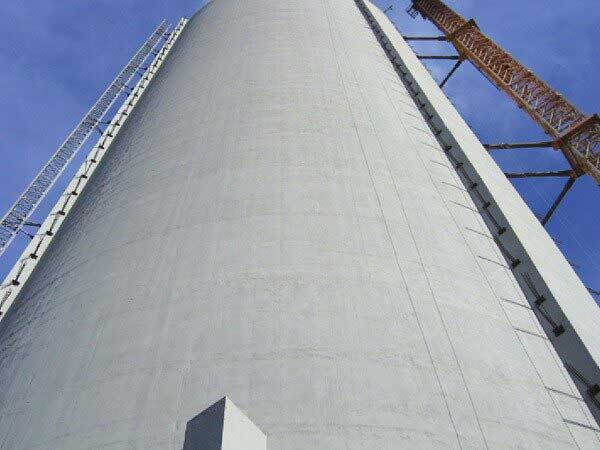The Work Plan
We prepare the work plan related to the work we do.
01We continued our adventure, which we started in 1996 with great enthusiasm and a real vision, by establishing RAYF TEKNİK Construction Machinery Limited Company, which we developed by updating ourselves in 2017. Developing metal processing technologies, construction industry, machinery,
In this process, we implemented the innovation that will respond to many projects that address rapidly changing expectations and the realities of the age. We have made many remedial revisions in power plants, we have carried out R&D studies for power plants to work more efficiently. To our R&D studies, electricity generation with electromagnetic energy,
We continued with many constructive projects such as electricity generation with wind energy, alternators, localization of these productions and soil enrichment machines. We have also implemented many long-lasting, useful, high-tech steel structures in this process.


SLIDING MOLD, in which we hold a large place in the production of the world,
In short, it is a construction technology used in the construction of silos and chimneys. By creating innovations in sliding form technology, we have put our signature on the sliding form technology, which has been used for many years without any change. Reducing the mold installation and dismantling times, especially occupational health and safety in sliding form technology,
We have developed both ourselves and the molds we manufacture with many constructive revisions that minimize the problems experienced during the application (drawing) of the mold. We have succeeded in being one of the rare organizations in the country that successfully manufactures sliding molds. By saving our country from foreign dependency in this field, cement factories, glass industry, power plants,
We have succeeded in being a solution partner for many organizations that need silos or chimneys, such as aluminum factories.
Rayf Technic
With our professional teams, it gives the most accurate results to the help you want.
Contact us by e-mail without contacting our call center.



We prepare the work plan related to the work we do.
01We get the necessary job security according to the project to be done.
02We start our work and complete it as soon as possible.
03We complete the work and deliver the building to you.
04Yes, as Rayf Teknik, we are active in all 3 areas. You can see our references in each field separately from the references tab above and review the works we have done so far with our expert teams.
Slipform is a construction technology used in the construction of silos and chimneys. It is generally used in high buildings with high reinforced concrete curtain density. It enables high-rise buildings to be built in a short time and is used where continuous concrete casting is required. In this way, cold joints are not formed on the curtains.
In order for the system to be applied correctly, the 24-hour work program must be planned extremely well. While the mold moves only vertically in cylindrical and prismatic structures, it can be tilted inwards and/or partially outwards when necessary. The sliding formwork system can also be used in square, rectangular, cylindrical and hyperbolic structures.
The reason why the sliding mold is given this name is not because it actually slides. Small but continuous rises give the impression that the pattern has shifted over a larger period of time. The sliding formwork system is a system in which the molds are continuously raised by hydraulic equipment. In this way, depending on the setting time of the concrete, 150-
It can be raised up to 300 mm. In this process, the concrete becomes self-supporting in a very short time. Depending on the project details and weather conditions, the balance and setting status on the formwork is followed by experts by using set retarders or set accelerators in the concrete.
In the sliding formwork system, the formwork is installed once on the foundation, continues to rise hydraulically as the concrete sets, and is not disassembled until the construction of the structure is completed. In this way, cold joint is definitely not formed in this system. In climbing formwork, the formwork is installed on the foundation, anchors are left in the formwork without the first concrete pouring.
After the concrete is completely frozen, the formwork is removed and the formwork is re-installed on the frozen concrete thanks to the anchors left in the concrete. However, in such an application, as the height of the construction increases, the use of cranes occurs during the demoulding and installation. This situation poses a threat in terms of occupational health and safety.
In addition, it is very painful to use this system in round structures such as silos and chimneys due to the formation of cold joints in the concrete. In general, this system is preferred in structures with flat curtains that are not very high, instead of elliptical, round or cylindrical structures.
The most important advantage is that the structures using the sliding formwork system can be completed at high speed. For example, while it takes 12 months to construct a reinforced concrete silo with a diameter of 30 meters and a height of 60 meters with traditional methods, the entire construction can be completed in only 2 months with the slipform system.
This means saving about 6 times of time.
Another important advantage of the sliding formwork system is that there is no right joint in the concrete of the structures in which this system is used. Thus, a rigid structure is formed.
This means that there will not be a weak area in the building due to concrete and all loads on the building will be equally distributed.
- Cement and clinker silos
- Crushed stone and lime silos
- Grain silos
- Glass silos
- Bridge piers and viaducts
- Industrial chimneys
- Control and TV transmitter towers
- observation towers
- Waste water tanks
- Dam water intake structures
- Balance shafts
- Dam shaft lining constructions
- Ventilation chimney linings
- Cement, paper, feed,
production and storage areas of many different industrial facilities such as feed additives, sugar, glass, oil production, copper and gold mines.